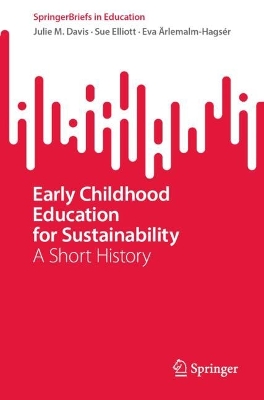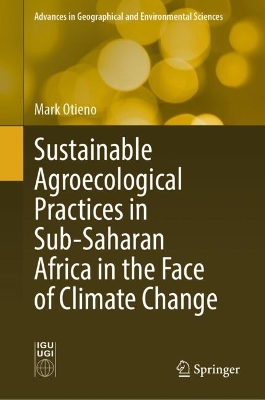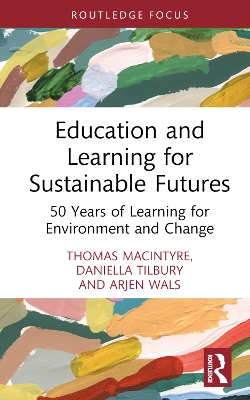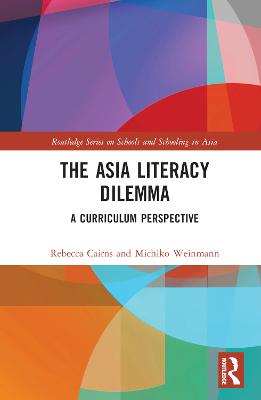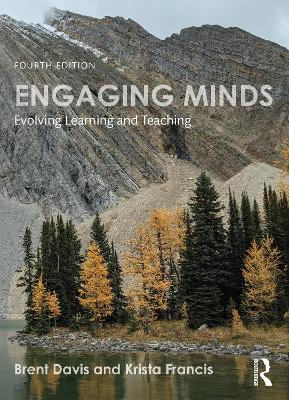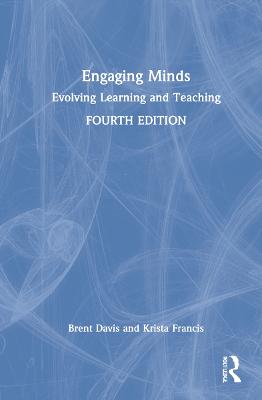Engaging with Environmental Education through the Language Arts
 portes grátis
portes grátis
Engaging with Environmental Education through the Language Arts
Interdisciplinary and Creative Approaches to Fostering Ecoliteracy
McGuinn, Nicholas; Naylor, Amanda
Taylor & Francis Ltd
11/2024
256
Dura
9781032615554
15 a 20 dias
Descrição não disponível.
Introduction
Part 1: Opening up the Debate
Chapter 1 Environmental texts in the classroom: The centrality of ecocritical reading
Chapter 2 Fostering Environmental Justice, Climate Justice, and Collective Action through Children's and Young Adult Literature
Chapter 3 Humanising Science through the Arts
Chapter 4 Imagining the Environment in a Different, More Hopeful Language: (Foreign) Language Teaching with Environmental Issues and Sustainability
Part 2: Thinking about Voice
Chapter 5 Voicing More-Than-Human Vulnerability: A Lyric Approach to Fostering Biodiversity Loss Literacy
Chapter 6 Philosophical Dialogue in Ecoliteracy Education: Words for Change
Part 3: Creating and Responding to Texts
Chapter 7 "Reading-With" to Build Meaningful Connections with Animate Place-based Literacies
Chapter 8 Environmental education in international contexts: exploring issues through literature
Chapter 9 Pre-Service English Teachers engage with the natural world through poetry: A cubed template to document the plains of the unknown world
Chapter 10 What can storytelling and drama offer to students' ecological understanding and citizenship? Being trees
Chapter 11 Socio-Environmental (In)Justice In Forest Stewardship: a multi-perspective materials assemblage for English as a Foreign Language teacher education in Chile
Part 4: Engaging with Visual and Social Media
Chapter 12 The Visual Image and Imagination of Alternative Futures: Nuance, Ambiguity, and Hope
Chapter 13 Engaging young people with ecocritical analysis of language in the media
Conclusion
Part 1: Opening up the Debate
Chapter 1 Environmental texts in the classroom: The centrality of ecocritical reading
Chapter 2 Fostering Environmental Justice, Climate Justice, and Collective Action through Children's and Young Adult Literature
Chapter 3 Humanising Science through the Arts
Chapter 4 Imagining the Environment in a Different, More Hopeful Language: (Foreign) Language Teaching with Environmental Issues and Sustainability
Part 2: Thinking about Voice
Chapter 5 Voicing More-Than-Human Vulnerability: A Lyric Approach to Fostering Biodiversity Loss Literacy
Chapter 6 Philosophical Dialogue in Ecoliteracy Education: Words for Change
Part 3: Creating and Responding to Texts
Chapter 7 "Reading-With" to Build Meaningful Connections with Animate Place-based Literacies
Chapter 8 Environmental education in international contexts: exploring issues through literature
Chapter 9 Pre-Service English Teachers engage with the natural world through poetry: A cubed template to document the plains of the unknown world
Chapter 10 What can storytelling and drama offer to students' ecological understanding and citizenship? Being trees
Chapter 11 Socio-Environmental (In)Justice In Forest Stewardship: a multi-perspective materials assemblage for English as a Foreign Language teacher education in Chile
Part 4: Engaging with Visual and Social Media
Chapter 12 The Visual Image and Imagination of Alternative Futures: Nuance, Ambiguity, and Hope
Chapter 13 Engaging young people with ecocritical analysis of language in the media
Conclusion
Este título pertence ao(s) assunto(s) indicados(s). Para ver outros títulos clique no assunto desejado.
ecopedagogy;ecoliteracy;ecosophy;Reading;writing;oracy;poetry;drama;environmentalism;environmental education;Anthropocene;language arts
Introduction
Part 1: Opening up the Debate
Chapter 1 Environmental texts in the classroom: The centrality of ecocritical reading
Chapter 2 Fostering Environmental Justice, Climate Justice, and Collective Action through Children's and Young Adult Literature
Chapter 3 Humanising Science through the Arts
Chapter 4 Imagining the Environment in a Different, More Hopeful Language: (Foreign) Language Teaching with Environmental Issues and Sustainability
Part 2: Thinking about Voice
Chapter 5 Voicing More-Than-Human Vulnerability: A Lyric Approach to Fostering Biodiversity Loss Literacy
Chapter 6 Philosophical Dialogue in Ecoliteracy Education: Words for Change
Part 3: Creating and Responding to Texts
Chapter 7 "Reading-With" to Build Meaningful Connections with Animate Place-based Literacies
Chapter 8 Environmental education in international contexts: exploring issues through literature
Chapter 9 Pre-Service English Teachers engage with the natural world through poetry: A cubed template to document the plains of the unknown world
Chapter 10 What can storytelling and drama offer to students' ecological understanding and citizenship? Being trees
Chapter 11 Socio-Environmental (In)Justice In Forest Stewardship: a multi-perspective materials assemblage for English as a Foreign Language teacher education in Chile
Part 4: Engaging with Visual and Social Media
Chapter 12 The Visual Image and Imagination of Alternative Futures: Nuance, Ambiguity, and Hope
Chapter 13 Engaging young people with ecocritical analysis of language in the media
Conclusion
Part 1: Opening up the Debate
Chapter 1 Environmental texts in the classroom: The centrality of ecocritical reading
Chapter 2 Fostering Environmental Justice, Climate Justice, and Collective Action through Children's and Young Adult Literature
Chapter 3 Humanising Science through the Arts
Chapter 4 Imagining the Environment in a Different, More Hopeful Language: (Foreign) Language Teaching with Environmental Issues and Sustainability
Part 2: Thinking about Voice
Chapter 5 Voicing More-Than-Human Vulnerability: A Lyric Approach to Fostering Biodiversity Loss Literacy
Chapter 6 Philosophical Dialogue in Ecoliteracy Education: Words for Change
Part 3: Creating and Responding to Texts
Chapter 7 "Reading-With" to Build Meaningful Connections with Animate Place-based Literacies
Chapter 8 Environmental education in international contexts: exploring issues through literature
Chapter 9 Pre-Service English Teachers engage with the natural world through poetry: A cubed template to document the plains of the unknown world
Chapter 10 What can storytelling and drama offer to students' ecological understanding and citizenship? Being trees
Chapter 11 Socio-Environmental (In)Justice In Forest Stewardship: a multi-perspective materials assemblage for English as a Foreign Language teacher education in Chile
Part 4: Engaging with Visual and Social Media
Chapter 12 The Visual Image and Imagination of Alternative Futures: Nuance, Ambiguity, and Hope
Chapter 13 Engaging young people with ecocritical analysis of language in the media
Conclusion
Este título pertence ao(s) assunto(s) indicados(s). Para ver outros títulos clique no assunto desejado.

